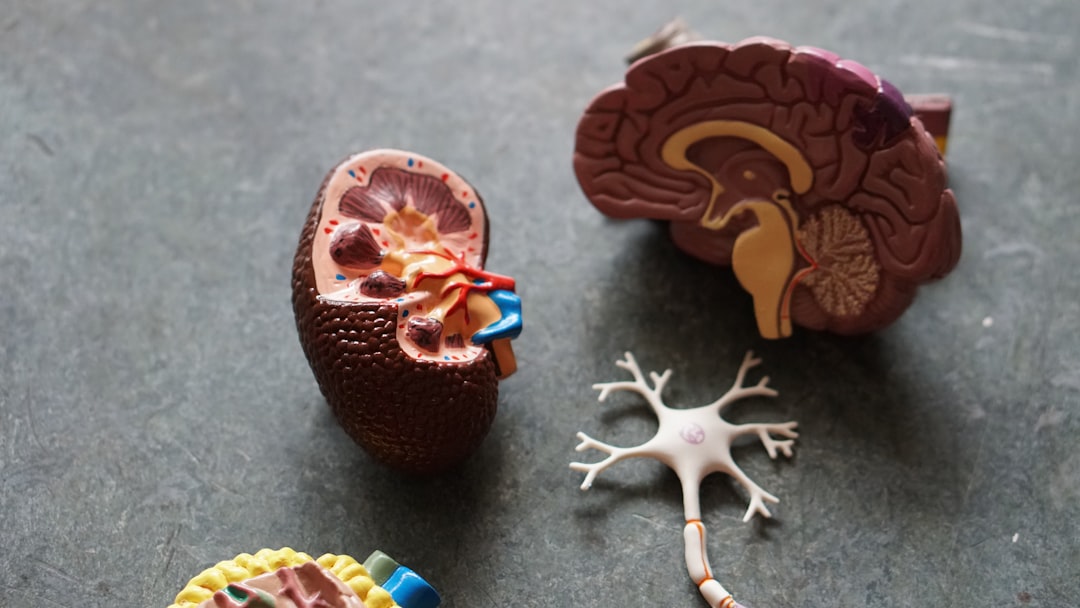What is it about?
Previous studies have shown conflicting findings regarding the association between dysphagia and its potential risk factors, including age, malnutrition, oral conditions, lifestyle and medical history. This article was to explore these problems for community-dwelling people.
Featured Image
Why is it important?
By using multiple analysis, factors such as oral dryness and number of teeth may contribute to dysphagia more so than aging, lifestyle and comorbidity in community-dwelling adults over the age of 50.
Perspectives
Interventions from public health policy for dysphagia was needed in an aging society. Longitudinal studies, the impact of dentures, severity and type efficacy of dysphagia must be considered in the future.
Akinari Inui
Hirosaki Daigaku
Many studies for dyshagia did not cosider of oral conditions. From now, study model for dyshagia must be cosider for teeth. contact information wenewwe777@yahoo.co.jp
Akinari Inui
Hirosaki Daigaku
Read the Original
This page is a summary of: Oral conditions and dysphagia in Japanese, community-dwelling middle- and older- aged adults, independent in daily living, Clinical Interventions in Aging, March 2017, Dove Medical Press,
DOI: 10.2147/cia.s132637.
You can read the full text:
Contributors
The following have contributed to this page










